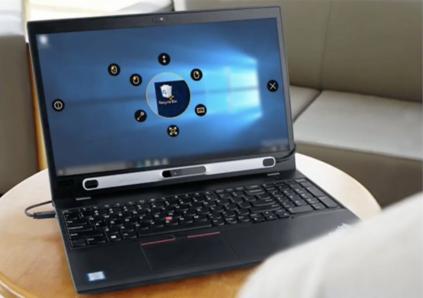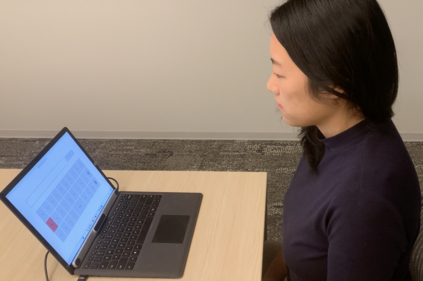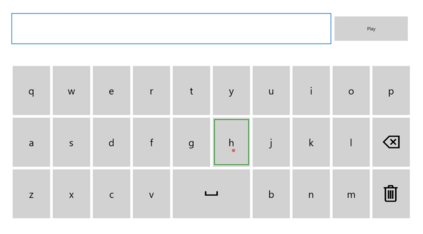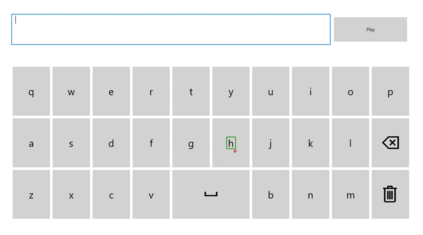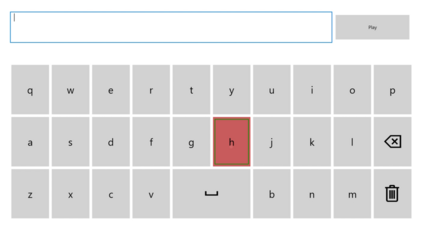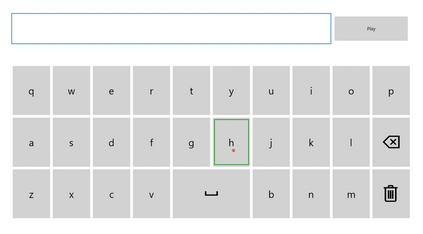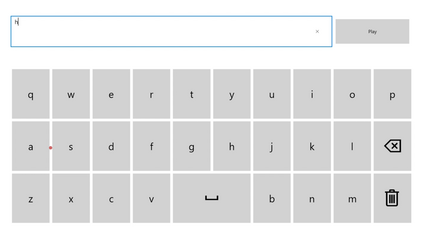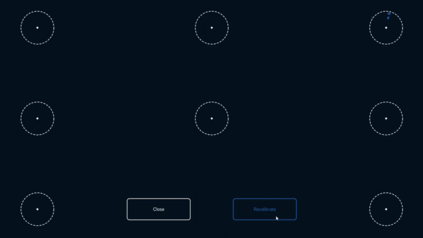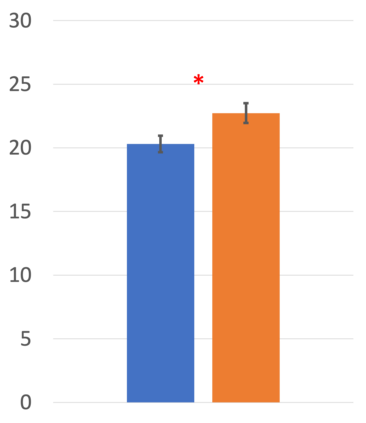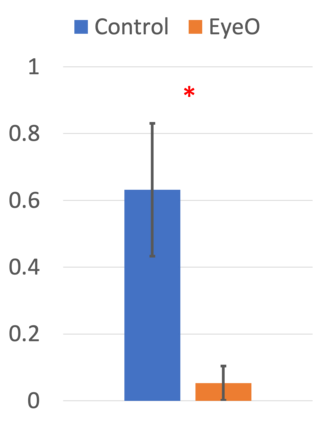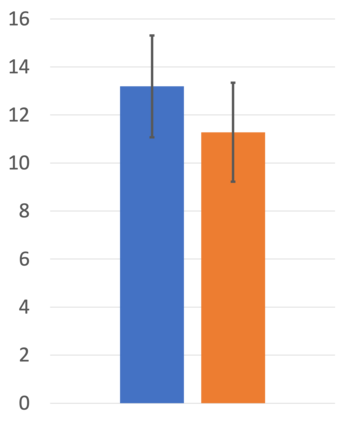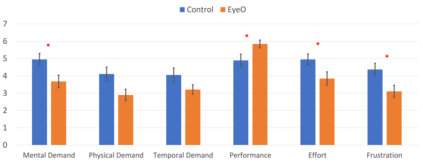Gaze tracking devices have the potential to greatly expand interactivity, yet miscalibration remains a significant barrier to use. As devices miscalibrate, people tend to compensate by intentionally offsetting their gaze, which makes detecting miscalibration from eye signals difficult. To help address this problem, we propose a novel approach to seamless calibration based on the insight that the system's model of eye gaze can be updated during reading (user does not compensate) to improve calibration for typing (user might compensate). To explore this approach, we built an auto-calibrating gaze typing prototype called EyeO, ran a user study with 20 participants, and conducted a semi-structured interview with 6 ALS community stakeholders. Our user study results suggest that seamless autocalibration can significantly improve typing efficiency and user experience. Findings from the semi-structured interview validate the need for autocalibration, and shed light on the prototype's potential usefulness, desired algorithmic and design improvements for users.
翻译:暂无翻译



